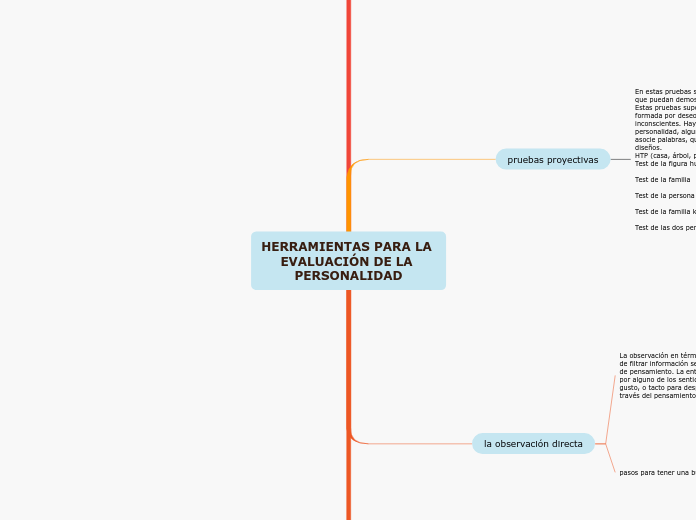𝕋𝕚𝕡𝕠𝕤 𝕕𝕖 ℂ𝕚𝕖𝕟𝕔𝕚𝕒
To name your story, you have to think about the overall message and what you want your audience to understand from the story. Also, make it relevant and easy to remember.
𝓒𝓲𝓮𝓷𝓬𝓲𝓪𝓼 𝓕á𝓬𝓽𝓲𝓬𝓪𝓼
The middle of the story is where you add layers of complications that will lead to the end. Reveal more about the character's journey. Did their personality go through changes? How did they overcome the challenges? And as you build up the story’s central conflict, make it more personal to that character. Also, from the middle act, you have to lead into the final act.
Ciencias Sociales
Your character(s) need(s) motivation in order to solve the challenge(s).
Secondary characters also might have motivs beacuse of which they may cross path with main character or which might trigger them to help the main character.
Geografía Humana Psicología Sociología
Antropología Derecho Economía Historia
Secondary characters might also have motives that lead them to cross paths with the main character or which might trigger them to help the main character.
Individuo y sociedad
Why does your character need to confront this challenge? What does he/she expect to accomplish by solving it?
See a few examples:
- will marry in 3 days
- can fix the mistakes of the past
Se utilizan diversos métodos
Estudia al hombre como individuo y sujeto social
Ciencias Experimentales
Each story has a main character and that character usually needs to solve a problem or challenge. The character's challenge is the one that creates tension throughout the story.
Física Geología Química
Astronomía Biología Ecología
Type in any other challenges which other characters in the story need to face.
Mundo físico
In most stories, there are 3 challenges. The number 3 is a mystical number symbolizing completeness. Try to come up with interesting challenges with which your character needs to struggle.
See a few examples below:
- turns into a werewolf at night
- is sent back in time
Observación, experimentación y verificación
Se basa en el metodo científico
𝓒𝓲𝓮𝓷𝓬𝓲𝓪𝓼 𝓕𝓸𝓻𝓶𝓪𝓵𝓮𝓼
In the beginning of the story (or the exposition), you will need to introduce the setting and characters. You might also want to introduce the main conflict. This part of the story is important because it gives the reader necessary background information and maybe even a first insight into a character’s personality.
Ciencias Eidéticas
The setting (time & place) of a story can change throughout the plot.
Ciencias o Disciplinas
Sensory details include sight, sound, touch, smell, and taste. These details are important because they create depth in your setting.
See a few examples below:
- the smell of fresh bread
- the scent of freshly cut grass
- rain falling onto the windshield etc.
Lógicas
Matemáticas
Objeto de estudio
The time of the story can also change. It can describe the event of a single day or can include an entire year's plot. Anyway, don't forget to mention it.
Aspectos de carácter abstracto
Características
Your story can take place wherever your imagination will take you to.
For example: in an elevator, in an enchanted forest, etc. Don't forget to give details of the environment each time the setting changes, otherwise, the story can be confusing. Also, mention the seasons as each of them has unique weather and events.
No dependen de la experiencia
Sólo admiten principios










